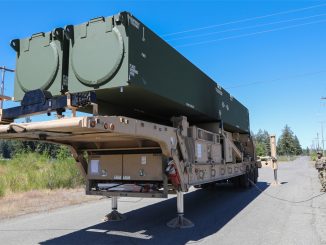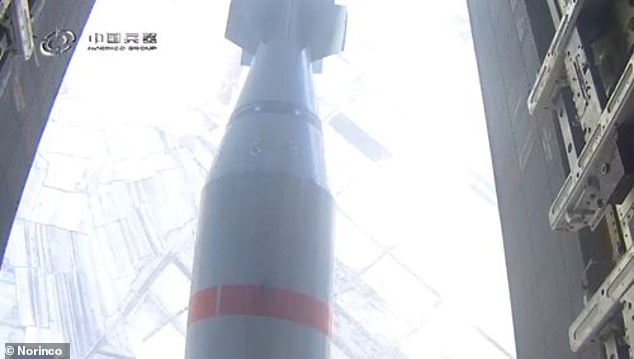
Weapon Would Have Limited Use and Rely on Air Dominance to Employ.
China has continued its vigorous media effort to showcase their rapidly expanding military capability by releasing a video showing what is claimed to be a very large conventional gravity bomb in testing.
The video, published December 30, 2018, is now being shared across western popular media with a series of sensational headlines comparing it to the U.S. GBU-43/B Massive Ordinance Air Blast or “MOAB”, colloquially referred to as the “Mother of All Bombs”.
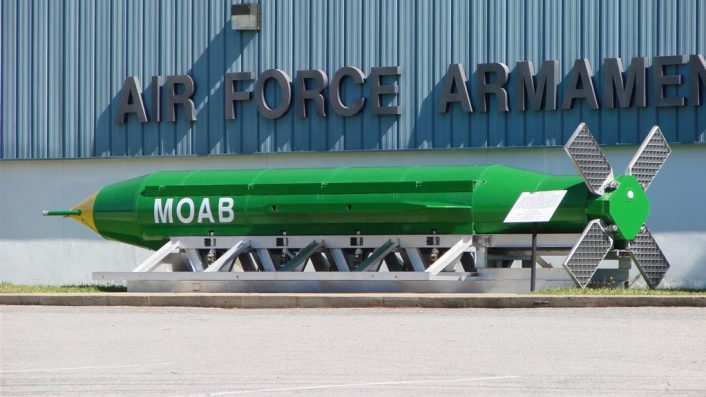
While China’s military expansion both in its own interests and in pursuit of a more vigorous export defense market are worthy of attention, the tactical and strategic utility of a very large conventional gravity bomb is limited as is the technology to develop and employ it. Delivery of a large, conventional gravity bomb from a non-stealthy, subsonic heavy bomber would rely heavily on air superiority and require near complete suppression of enemy air defenses to prevent the bomber from being intercepted. This requirement means such a weapon would only be useful in a highly permissive tactical environment and not be useful as a first-strike weapon.
The video shows the bomb being dropped from what is likely a Chinese Xian H-6K heavy bomber, an indigenous version of the Soviet-era Tupolev Tu-16, NATO codename “Badger”. Although different in size, the H-6K is somehow analogous to the U.S. Boeing B-52 Stratofortress heavy bomber: both aircraft first flew in 1952 and have been heavily modified and rebuilt to remain relevant.
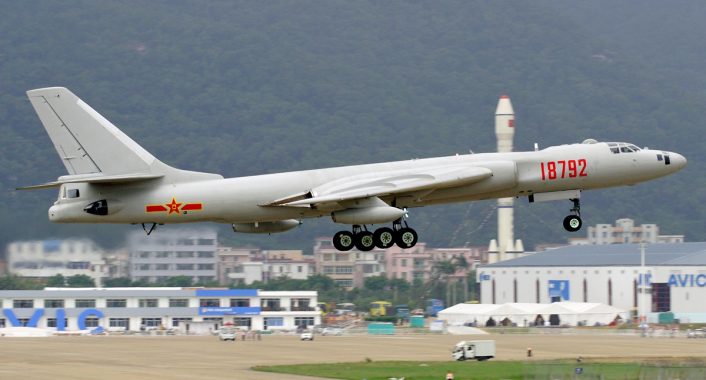
While video of a new, very large, conventional aerial bomb is sensational, more disturbing images not distributed by Chinese state media surfaced earlier this week. The images show Chinese naval vessels equipped with a new long range, electromagnetic rail gun. A rail gun uses magnetic force instead of explosive gases to fire a projectile at hypersonic speed over long range. Advantages to a rail gun compared to conventional munitions include enhanced range and muzzle velocity. Rail guns could enable low-observable surface ships to exploit their first-strike capability by hitting large surface targets, like aircraft carriers, from long range without being detected. Hypersonic rail gun projectiles are small, inexpensive and, because of their speed and potential numbers, could be difficult for conventional ship-borne countermeasures such as close-in weapons systems (CIWS) to defeat.
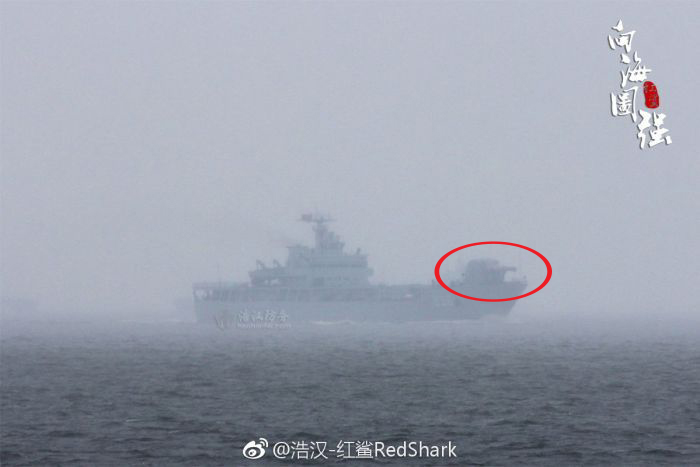
Limitations to rail guns include the enormous amount of energy required to launch a projectile and the extreme wear caused by massive forces required to accelerate the projectile to very high velocities. Because the Chinese seem to have deployed what appears to be a field-able rail gun example, or a prototype of it, on operational naval vessels suggests they may be close to mitigating these engineering challenges.
The certainty about China’s increasingly vigorous defense initiatives is that, whether they are mostly sensational as in the case of this new aerial bomb, or, are worthy of genuine concern in the case of the rail gun program, it is worth maintaining a keen interest in China’s activities.

